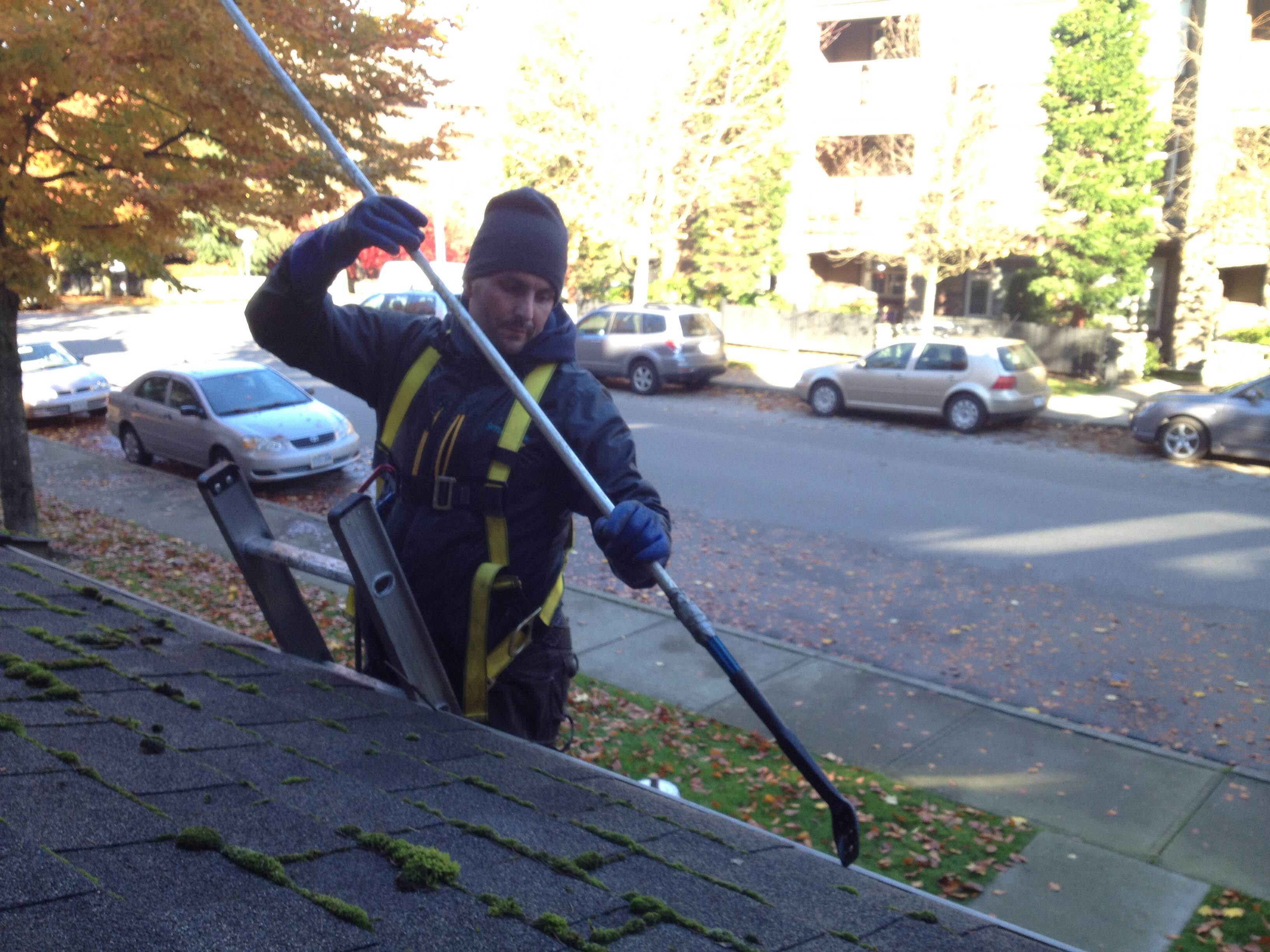Roof Abatement & Cleaning
The third major structural exterior area to consider is the roof. As with exterior façade, biological growth can cause significant damage to the roof structure if left untreated.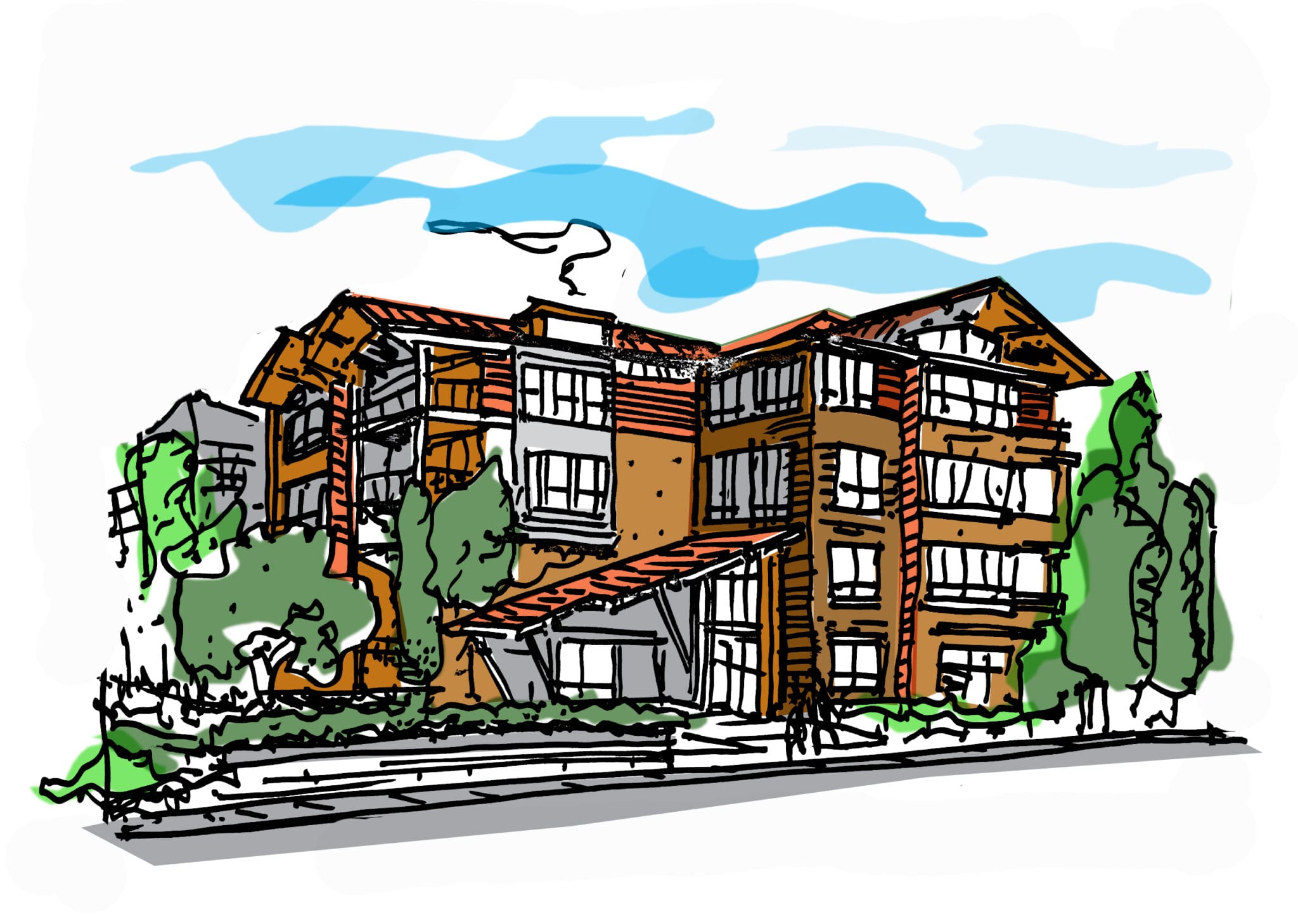
However, the potential for catastrophic damage is more apparent: if a roof is compromised it can cause leaks that may cost thousands of dollars to remedy.
Technique and Frequency
Cleaning and maintaining your roof is really a two-step process, which is important to understand the frequency.
The first step is to clean the roof. This is almost always accomplished by an individual cleaning off debris and growth with a brush, or by hand. There is no quicker alternative, but this method ensures that no growth will remain that could effect the integrity of the roof.
Once the removal is complete the second step abatement work, should progress. This usually involves applying an anti-fungal agent that will retard any growth for occurring. They can remain effective for over two years. Thus a realistic service interval could be 2~4 years, depending on the condition of the roof, its composition and biome. Subsequent visits will usually require significantly less time, since there will be less growth to remove, and efforts should be focused on reapplying the abatement agent.
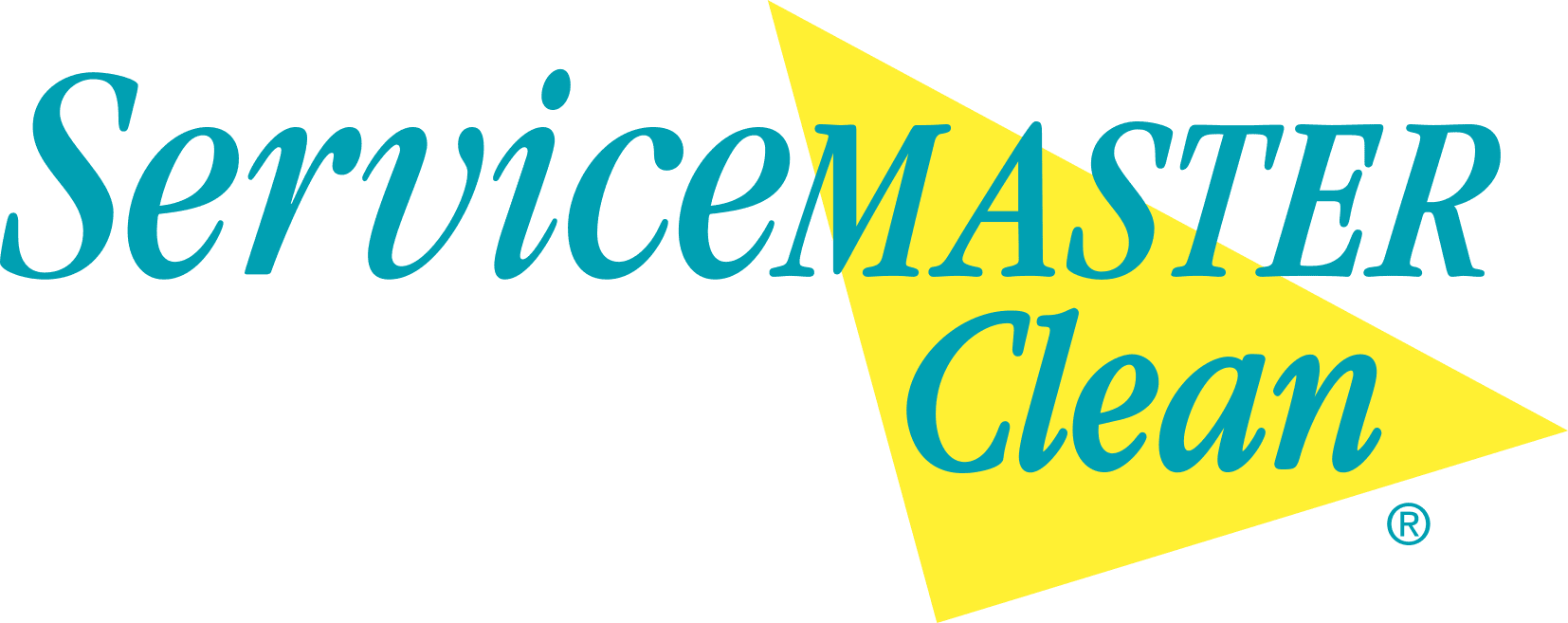
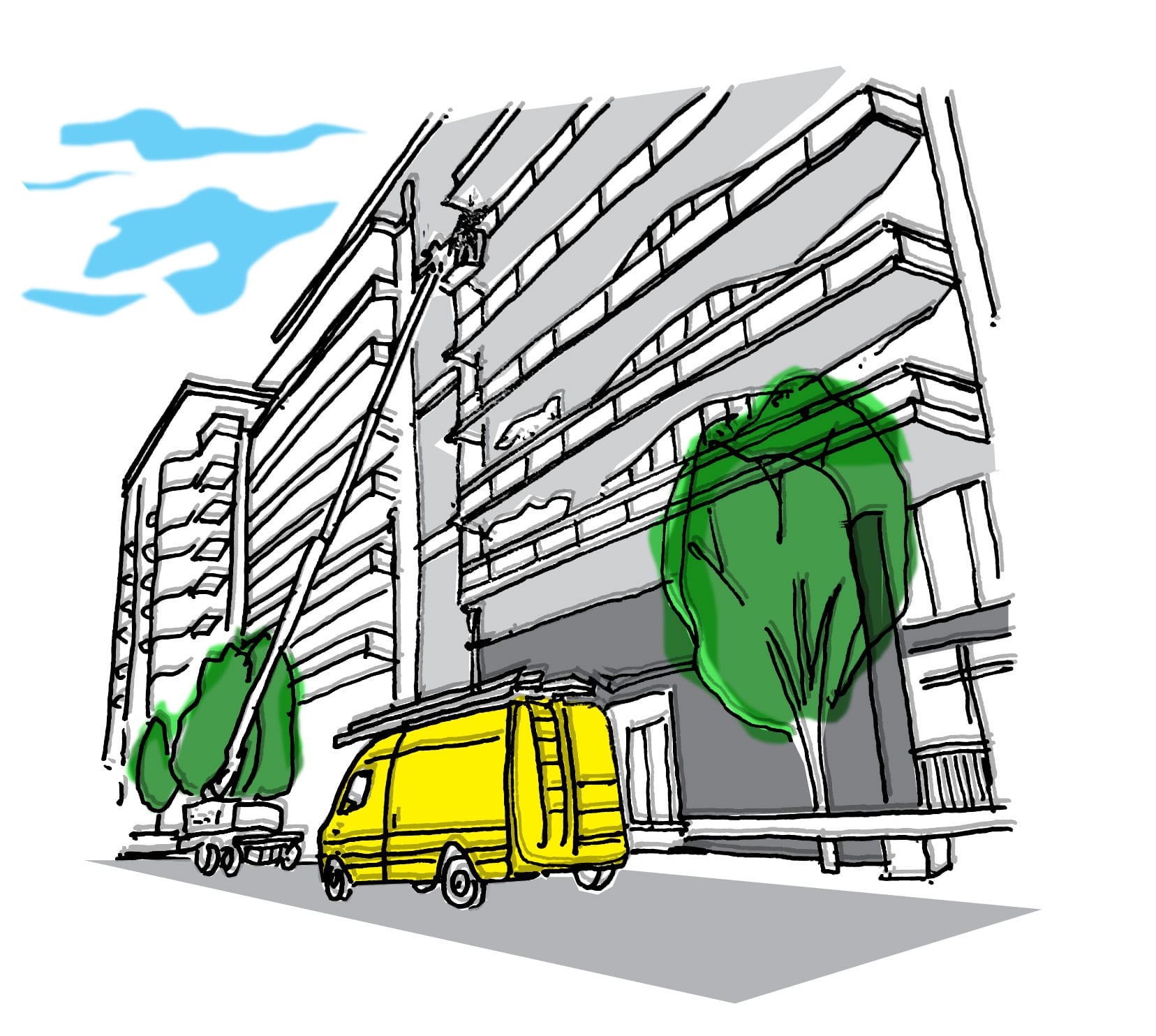 Oils, dirt and soot buildup tend to be cosmetic issues that are comparatively easier to resolve. However, the wet west coast climate is an ideal climate for biological growths such as algae and moss.
Oils, dirt and soot buildup tend to be cosmetic issues that are comparatively easier to resolve. However, the wet west coast climate is an ideal climate for biological growths such as algae and moss.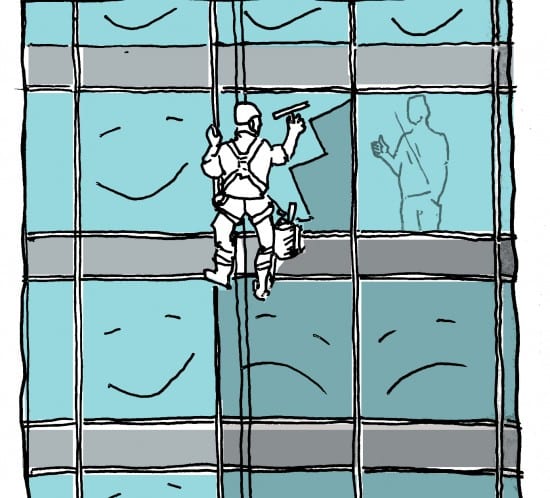
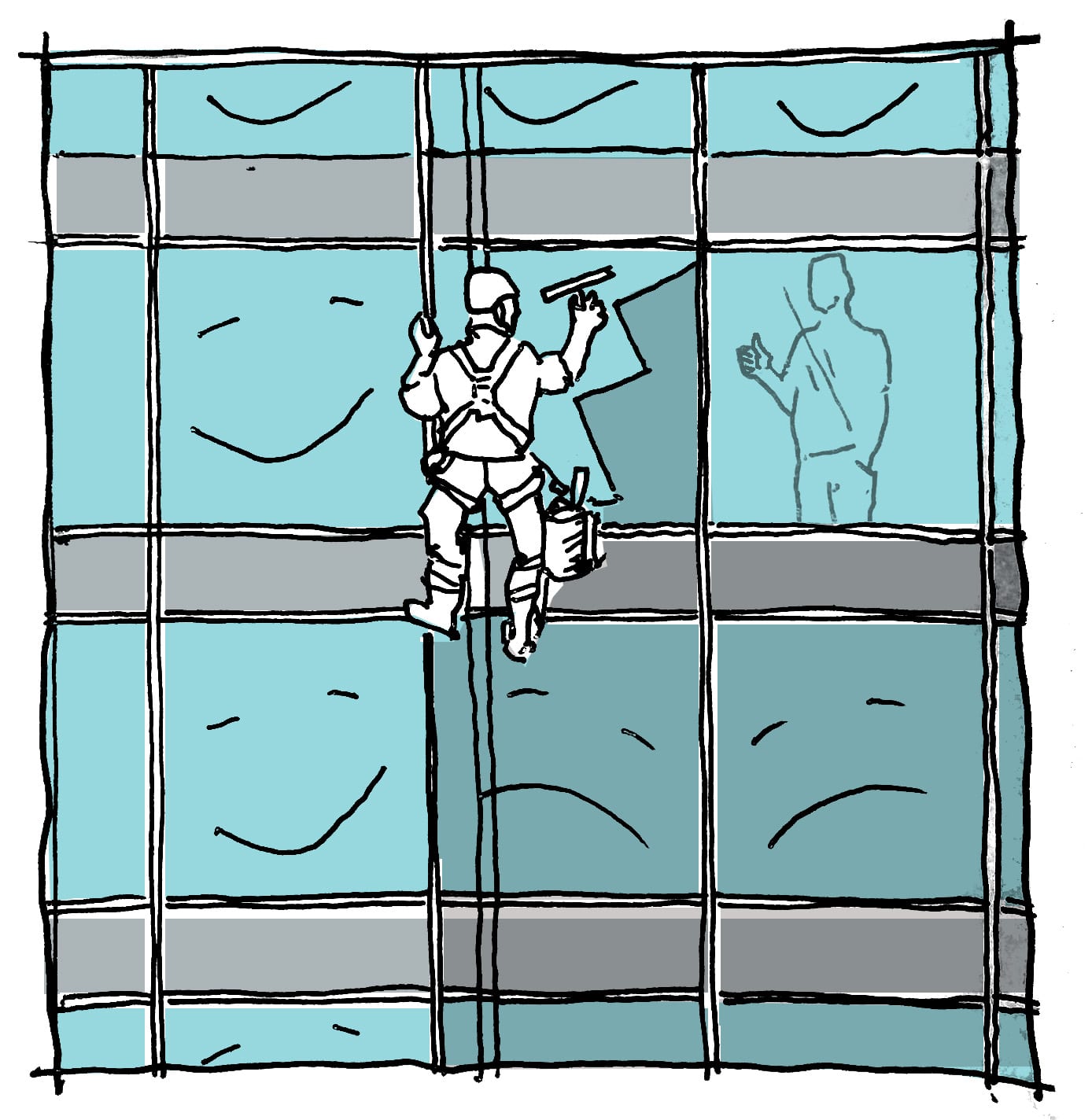 Window cleaning can have a dramatic effect on the appearance of a building, both on the outside and the inside. From the inside, a proper cleaning of the external glass allows more light into individual units. From the outside, clean glass will certainly make the building look much more attractive.
Window cleaning can have a dramatic effect on the appearance of a building, both on the outside and the inside. From the inside, a proper cleaning of the external glass allows more light into individual units. From the outside, clean glass will certainly make the building look much more attractive. High Rise window cleaning is almost exclusively undertaken through hand cleaning, utilizing one of two access methods: rope access and bosun chair. There are significant differences between the two. Chairs (bosun) are less regulated than rope access, and are significantly less safe. This is because they do not have two constant points of restraint (only one) and lack a self-rescue capability. Moreover they are descent-only systems, meaning the user is very limited in the direction they can move. If they discover an error above or to the side, they often are unable to deal with it and will leave the deficiency.
High Rise window cleaning is almost exclusively undertaken through hand cleaning, utilizing one of two access methods: rope access and bosun chair. There are significant differences between the two. Chairs (bosun) are less regulated than rope access, and are significantly less safe. This is because they do not have two constant points of restraint (only one) and lack a self-rescue capability. Moreover they are descent-only systems, meaning the user is very limited in the direction they can move. If they discover an error above or to the side, they often are unable to deal with it and will leave the deficiency.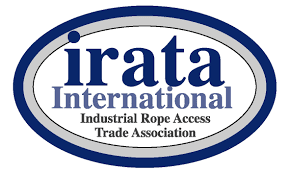

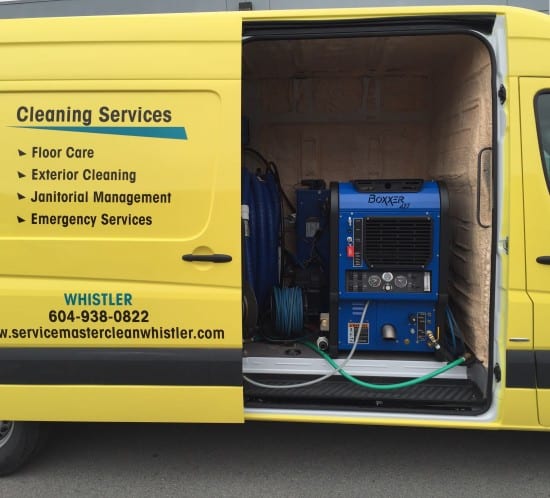
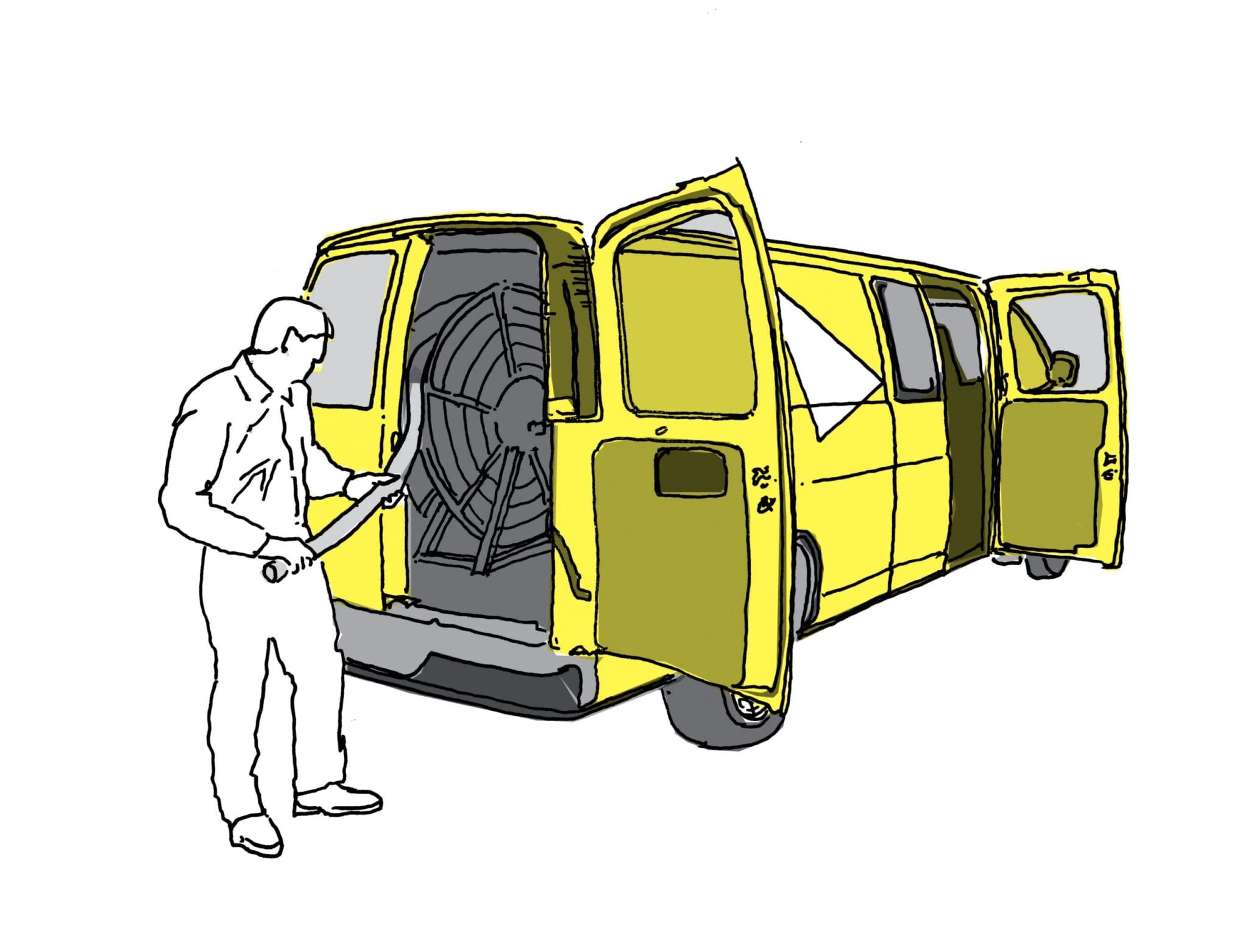 Cleaning Common Area Carpets should be considered a “medium frequency” cleaning. Pre-planned maintenance is essential for:
Cleaning Common Area Carpets should be considered a “medium frequency” cleaning. Pre-planned maintenance is essential for: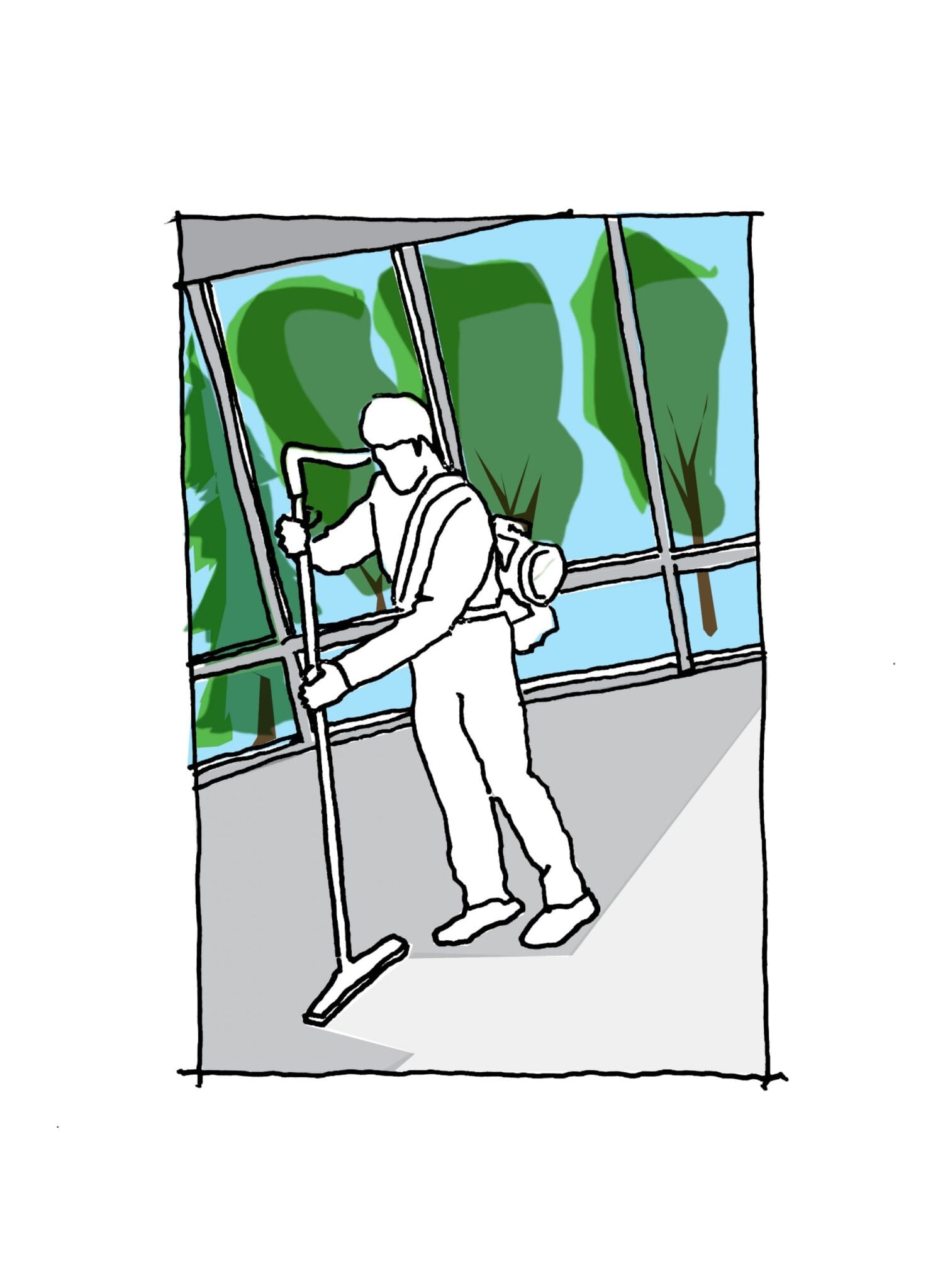
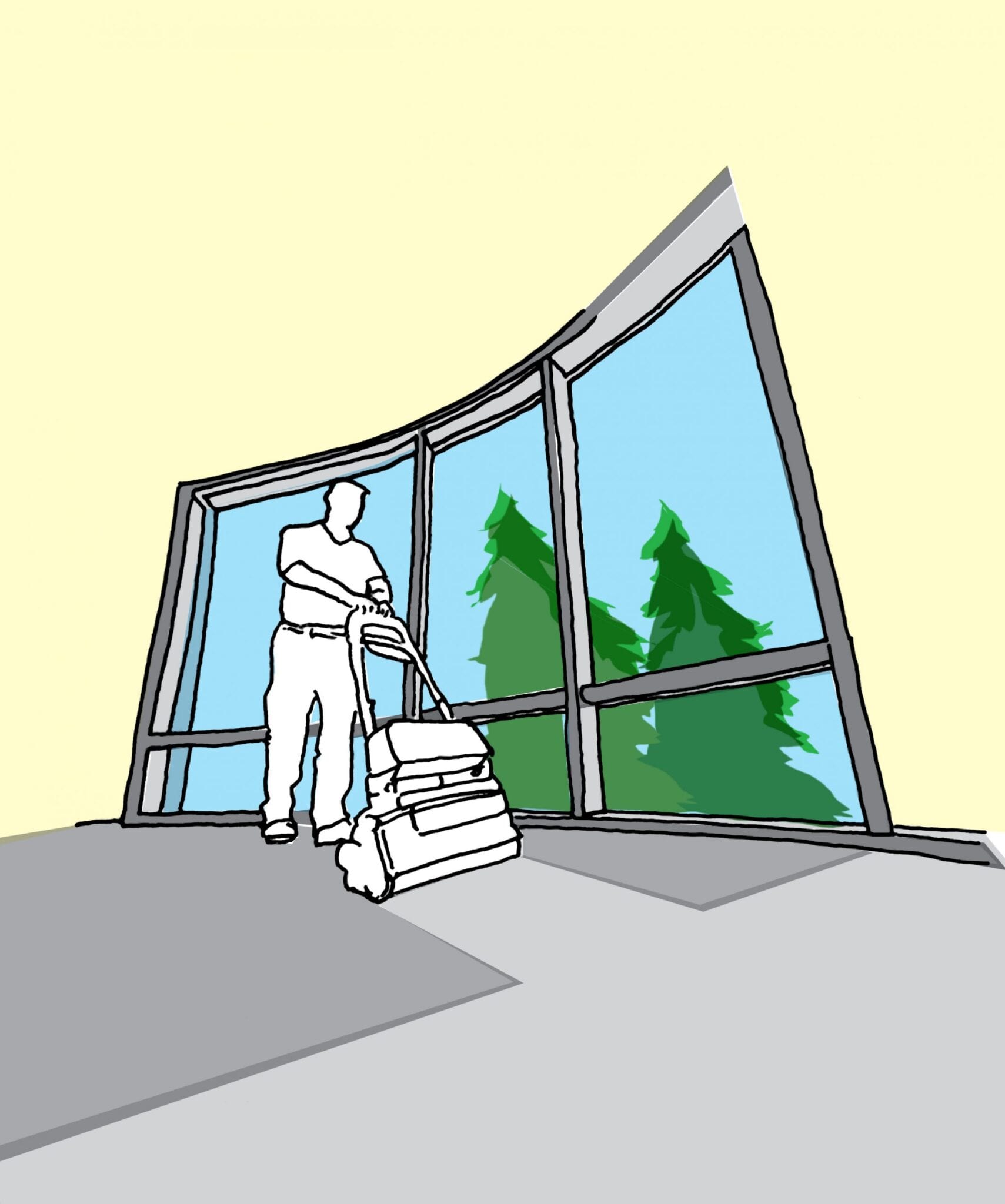 An interim cleaning is a low moisture, light extraction cleaning method. It is intended to be a midway point between vacuuming and a restorative deep clean. Regular vacuuming and spot cleaning can only postpone the need for a true restorative cleaning. Interim cleaning utilizes systems with a goal of maintaining a carpets uniform appearance.
An interim cleaning is a low moisture, light extraction cleaning method. It is intended to be a midway point between vacuuming and a restorative deep clean. Regular vacuuming and spot cleaning can only postpone the need for a true restorative cleaning. Interim cleaning utilizes systems with a goal of maintaining a carpets uniform appearance. Deep or corrective cleanings are applied to return the carpet to a relatively clean condition. Restorative cleaning uses systems that extract accumulated soils and cleaning residue at higher intensity to maximize removal of embedded soils. Hot water extraction is the primary common restorative deep cleaning method. This usually entails applying hot water with a cleaning solution (usually a set of enzymes), which binds to dirt, oils and other foreign items within the carpet. The solution and dissolved impurities are then drawn out by the extractor, leaving the carpet restored to a clean status.
Deep or corrective cleanings are applied to return the carpet to a relatively clean condition. Restorative cleaning uses systems that extract accumulated soils and cleaning residue at higher intensity to maximize removal of embedded soils. Hot water extraction is the primary common restorative deep cleaning method. This usually entails applying hot water with a cleaning solution (usually a set of enzymes), which binds to dirt, oils and other foreign items within the carpet. The solution and dissolved impurities are then drawn out by the extractor, leaving the carpet restored to a clean status.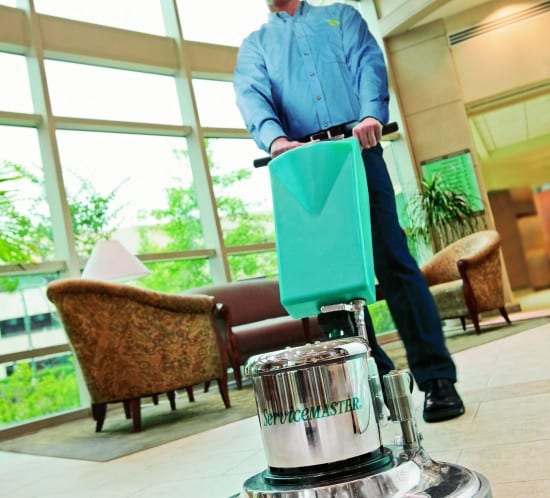
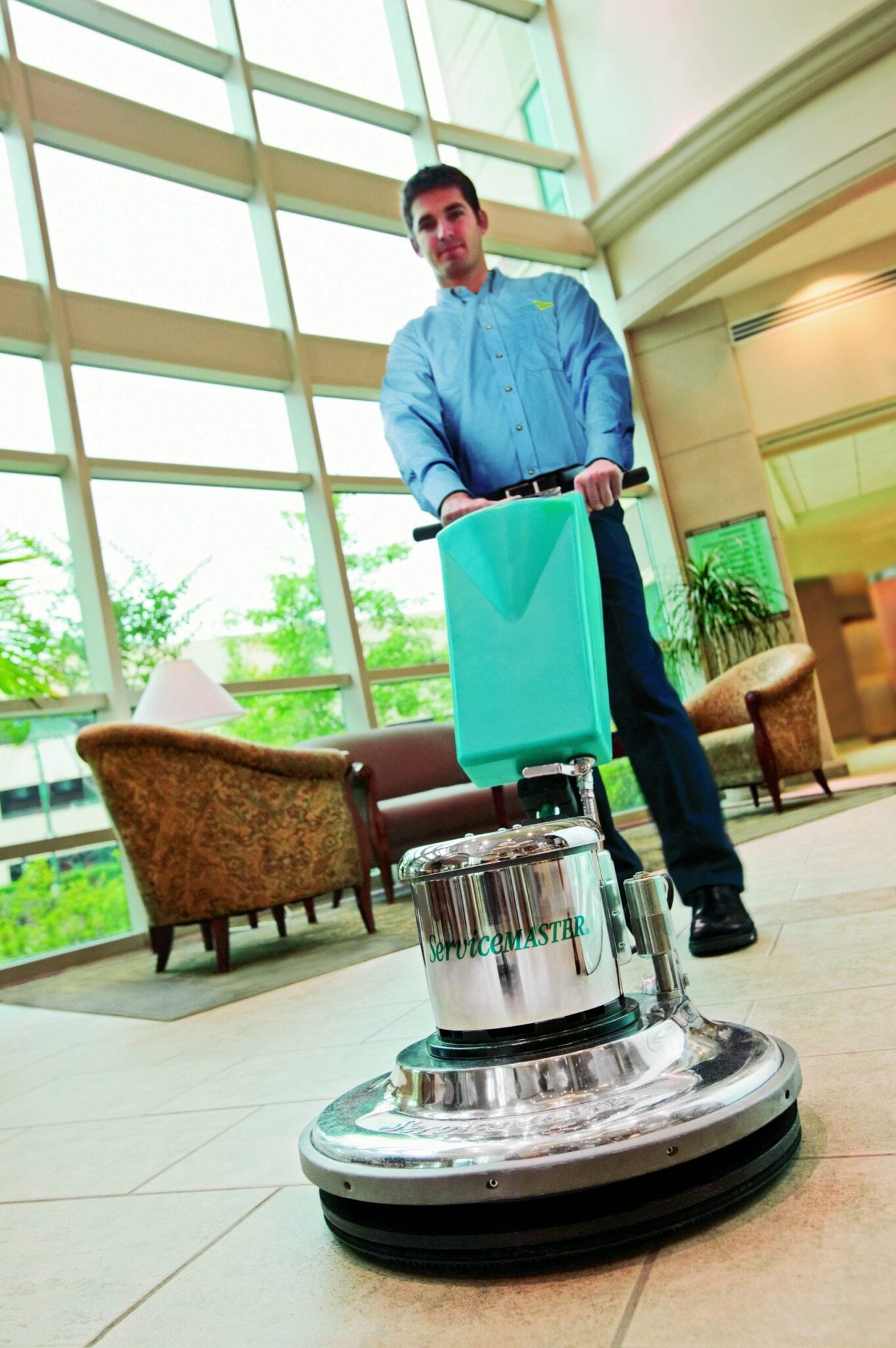
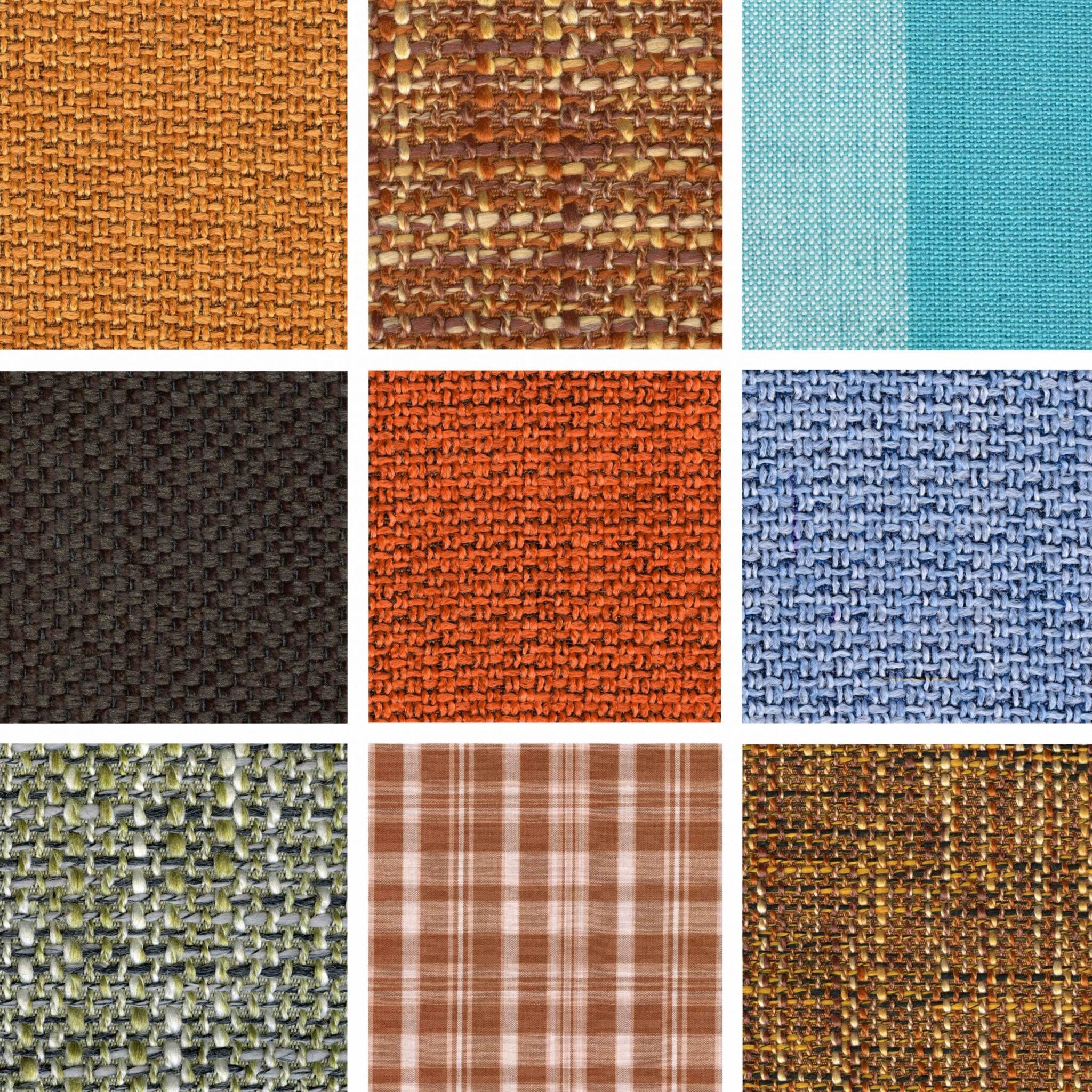
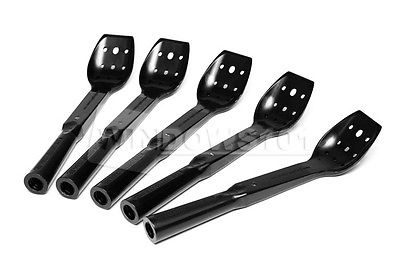 What do we use? Gutter Spoons. Now this might look like its one step away from a salad spoon from the kitchen drawer, but it really is the most effective solution. To use the spoon, you need to be above the gutter, so you have an unobstructed view of what is going on. Its much easier to ensure that the system is working. Second, it allows our technicians to quickly remove a large amount of material from a gutter, but with the added advantage of being able to reach deep into its corners and crevices. Finally, its light: we can use spoons while walking on the roof, or on top of a ladder. .
What do we use? Gutter Spoons. Now this might look like its one step away from a salad spoon from the kitchen drawer, but it really is the most effective solution. To use the spoon, you need to be above the gutter, so you have an unobstructed view of what is going on. Its much easier to ensure that the system is working. Second, it allows our technicians to quickly remove a large amount of material from a gutter, but with the added advantage of being able to reach deep into its corners and crevices. Finally, its light: we can use spoons while walking on the roof, or on top of a ladder. .